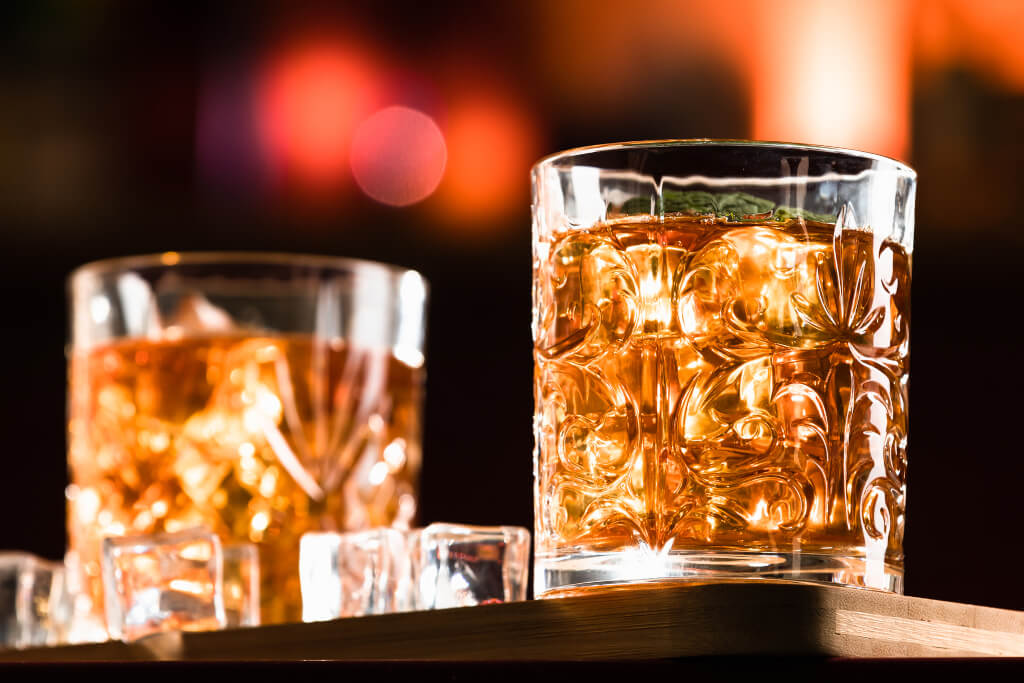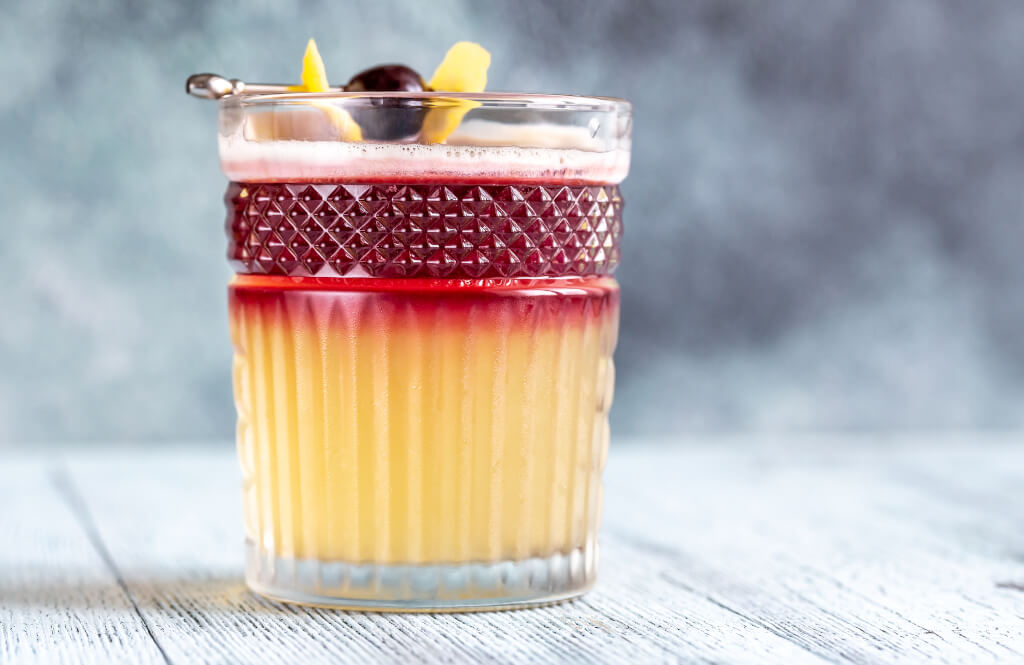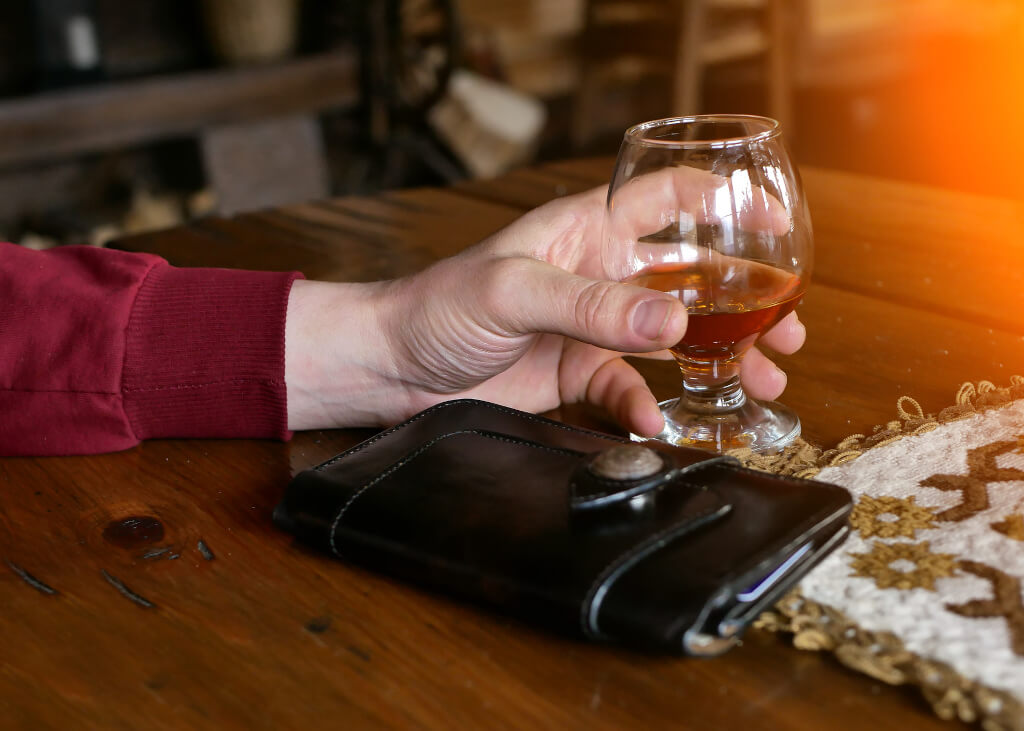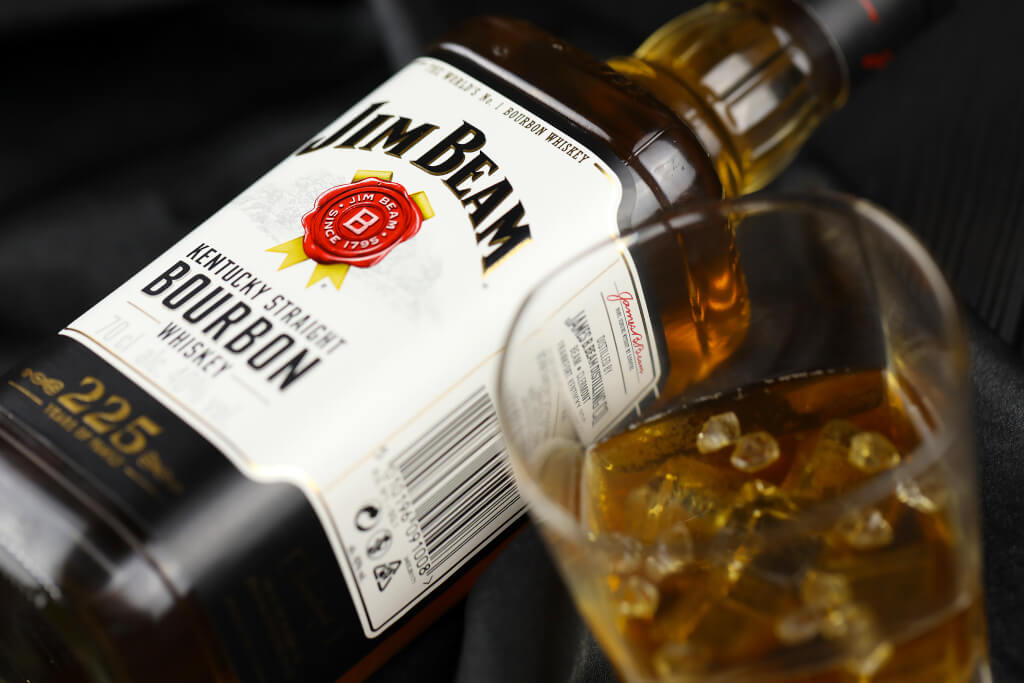The National Spirit of Two Countries
In honour of whiskey, the liquid anthem of both great nations, we’re about to set out on a passionate adventure across the verdant landscapes of Ireland and the rocky terrains of Scotland. Sorry to disappoint, but this isn’t a booze cruise; rather, it’s a journey into the rich heritage of Ireland and Scotland as seen in their revered amber spirits, Irish whiskey, and Scotch whiskey.
The whiskey-making traditions in both Ireland and Scotland are sources of national pride. These customs permeate their culture, appearing in their music, art, and, of course, the thriving bars. whiskey is more than simply a drink in these countries; it’s a sign of national pride, a tribute to the people’s fortitude, and a toast to the future.
In this piece, we hope to fill your mind with the essence of these rituals. We’re going to get into the nitty-gritty of Irish whiskey and Scotch whiskey and celebrate their differences and similarities. After this trip, you’ll be able to tell Irish whiskey from Scotch whiskey and have a whole fresh respect for both. Let’s pop the top on this journey and see where the whiskey takes us.
An Overview of Ireland
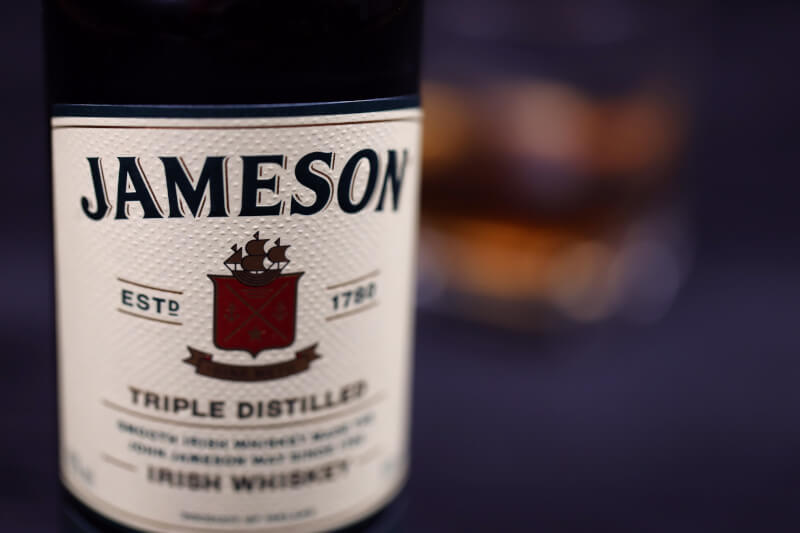
Irish History in One Glass
Irish whiskey, often known as “water of life” (or “uisce beatha” in Gaelic), has been distilled for more than a thousand years. You didn’t misread that, and it’s not an optical illusion brought on by the whiskey. It was traveling monks, not aliens, who brought the art of distillation to Ireland. Irish whiskey evolved from a monastery activity to a commercial powerhouse over several centuries, weathering wars, prohibition, and a period of uncertain quality control along the way.
Putting the Irish Spirit on Display
Where does Irish whiskey come from? It’s like making a cake, except more exciting and requires a still rather than an oven. The standard for Irish whiskey is three years of aging in wooden casks after being triple-distilled from malted and unmalted barley. Irish whiskey is distinguished by its unique smoothness and lightness, both of which are achieved by triple distillation. But beware of the defiant Irish distilleries that use double distillation to add complexity.
Every Sip is a Symphony of Flavour
Irish whiskey has a wide variety of tastes, from light fruity and flowery tones to more robust spice and oak undertones. It’s signature softness and low body make it an approachable spirit that may be enjoyed plain or mixed with other ingredients.
Cheers to Famous Irish Products
You can choose from several different high-quality Irish whiskey labels. The revitalised distilleries like Teeling and Green Spot are breathing new life into the Irish whiskey scene, joining the likes of Jameson, the best-selling Irish whiskey in the world, and Redbreast, a beloved single pot still whiskey rich in complexity.
An Overview of Scotland
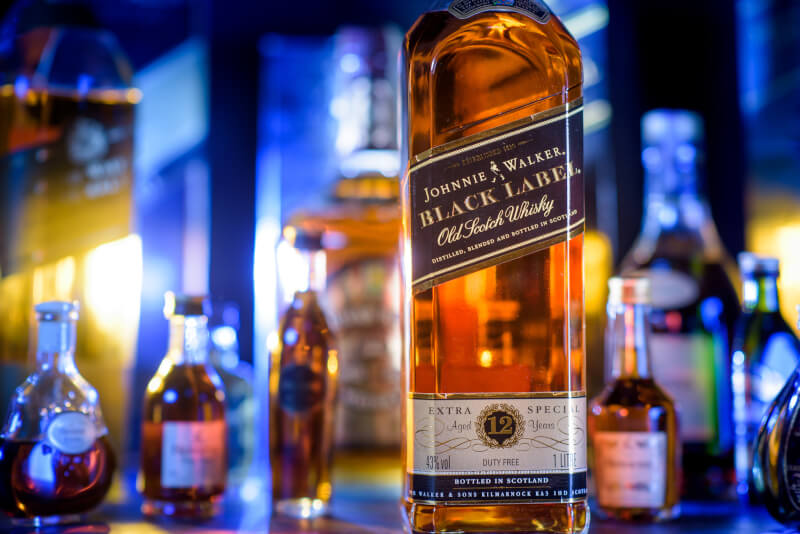
Scottish History in a Glass
Scotch whiskey, sometimes referred to simply as “Scotch,” is also quite old. According to historical documents, the distilling industry in Scotland was well-established by the end of the 15th century. Since those dark days, scotch whiskey has come a long way, surviving prohibition, bitter battles over its distillation, and even wars.
The Art of Mixing Ingredients
Scotch whiskey is made from a secret recipe that calls for four ingredients: barley, water, yeast, and time. Scotch is only considered genuine if it is produced in Scotland, aged for at least three years in wood barrels, and is normally double-distilled. In case you were wondering, the smokiness in “peated” Scotch comes from drying the malted barley over a peat fire.
Each Glass Is Like Tasting a New World of Flavours
You may taste the sweet and floral valleys of Speyside, the salty sea spray of the Islands, the smokey peat bogs of Islay, and the malty meadows of the Highlands all in one glass of Scotch whiskey. Scotch whiskey is well-known for its nuanced and varied flavours, which can range from mild and green to deep and smokey.
Cheers to the Scottish Heavyweights
With so many well-known Scotch labels, where do we even begin? You have your Speyside giants like Glenfiddich and Macallan. And then there are Islay’s peat monsters, Lagavulin and Laphroaig. Don’t overlook Talisker, the rough beauty of the Isle of Skye, or Highland Park, the Viking soul of Orkney. Just a few of the many Scotch whiskey labels with lasting legacies in the industry are included here.
Geographical Indications and Other Legally Defined Terms
Whiskey Legalities
You might be surprised to learn that the whiskey industry employs a legal staff to ensure that the product being sold to consumers is authentic. Irish whiskey, as defined by European Union law, must be distilled and aged in Ireland, made with a mash of malted cereals and other cereal grains, and aged in wooden casks for at least three years. Scotch whiskey, on the other hand, is only considered genuine if it is distilled and aged in Scotland, is made with water and malted barley (and other whole grains for other varieties), and is aged for at least three years in oak casks. The law supports your hunt for real whiskey, so don’t worry.
Location, Location, Location: The PGI Status
Protected Geographic Indication (PGI) status has been granted to both Irish whiskey and Scotch whiskey. This means that they can only be made in those nations by those laws. So, if you come across a bottle of whiskey labeled “Irish” or “Scotch” but produced in Antarctica, you can assume it’s a fake. And perhaps we should use the term “penguin-y” instead.
Patterns in Consumer Spending and Other Market Data

Consumption Patterns
It would appear that there is sufficient demand around the world for both Irish whiskey and Scotch whiskey. And who exactly is drinking what? Scotch whiskey, particularly Scotch whiskey mixes, remains hugely popular across Asia, notably in India and China. However, Irish whiskey has been enjoying a renaissance and is gaining popularity all over the world, especially in the United States, where it is the fastest-growing alcohol.
Popularity Contest Market Insights
Scotch whiskey’s diversity—from the light single malts of the Lowlands to the smokey powerhouses of Islay—may give it a leg up in terms of appeal. Irish whiskey, on the other hand, is quickly gaining popularity thanks to its mellow taste and low entry barrier. Whether you’re rooting for the Irish or the Scots, just keep in mind that there’s a whole universe of cuisines to try. Let the whisk(e)y games begin, and start drinking (responsibly, of course)!
The Ultimate Taste-Test
How, therefore, can one find their way around the whiskey seas? Simple as pie. Try it out on your palate! Pour a dram of Irish whiskey and a dram of Scotch whiskey to begin. Check out the hue, take a scent, and write down what you think. Take a little sip, let it coat your tongue, and then gulp it down. What is the flavour like? Just how good is the ending? Remember that there is no such thing as a wrong answer. To each of their taste buds, I guess.
Tips for Pairing Snacks and Drinks
Adding food to your whiskey experience can elevate it to the next level. Scotch whiskey and Irish whiskey are both versatile drinks. Irish whiskey’s mild flavour makes it a good match for delicate foods like seafood and mild cheeses, as well as sweeter treats like milk chocolate (chocolate and whiskey, anyone?). However, Scotch whiskey is varietal-specific. Scotch whiskey pairs well with many different foods, from the lighter fish and sushi to the stronger blue cheese and dark chocolate that go so well with a smoky Islay Scotch. Each bite and sip of a meal paired with whiskey is like going on a pleasant and exciting culinary experience.
A Savoury Conundrum
There is only one clear victor in the age-old whiskey battle between Irish and Scotch: you, the reader. Remember that each type of whiskey has its history and personality, whether you prefer the triple-distilled smoothness of Irish whiskey or the robust complexity of Scotch whiskey.
The World Is Your Oyster If You Drink whiskey
We’ve provided you with the background, the numbers, and some whiskey knowledge. The time for discovery has come. Experiment with a range of brands and eras and looks. Don’t be put off by all the different descriptions. The finest whiskey is the one you’ll drink. Proceed on your whiskey quest, but take care to enjoy every drop. Sláinte, as they say in Scotland and Ireland.

